The “Arab Vision” is not necessarily Israel’s vision for the future in the Promised Land. Five Arab governments and the Palestinian Authority have in recent days presented to the Americans a three-page proposal for a bright future from their perspective. But in Washington it was immediately understood that this “Arab Vision” made little sense. The Arabs want to see a Palestinian state established in Judea and Samaria (including East Jerusalem), as well as in the Gaza Strip. Palestinian troops will provide security in these areas. The proposal mentions nothing of Hamas. At the same time, Israel is working on its “Israeli vision,” which has always been described by everyone else as hell. In contrast to the “Arab Vision,” Israel’s vision sees 10 steps further than the Palestinian vision, which somehow wants to preserve the status quo.
The New York Times reported over the weekend on aspects of the “Israeli Vision,” noting that senior officials in Prime Minister Benjamin Netanyahu’s government had in recent months been reviewing a plan drawn up by businessmen under which Israel would co-manage the Gaza Strip with other Arab countries for several years, until Jerusalem feels it can safely hand over security control to the Palestinians. Israeli journalist, commentator and contributor to Israel Today, Itamar Eichner, told us about the new “Gaza 2035” scheme. A utopian vision for the Gaza Strip that is being examined at the highest levels of the Israeli government. According to the draft, electric vehicles will be produced in the Gaza Strip by 2035 at a new massive industrial production along the Mediterranean coast. I don’t know where Hamas fits into this fantasy, but the plan is being seriously debated.

“From crisis to prosperity – a plan for the transformation of the Gaza Strip” is the title of the proposal, which includes images of a utopian Gaza Strip, green and prosperous, with highrise towers and business centers, contrasting sharply with the present squalid hotbed of terrorism. There is an opportunity, and not an unprecedented one. The Gaza Strip flourished in the past as an intersection where two ancient trade routes met – the sea route between Egypt – Gaza – Babylon, and the perfume route that connected India – Yemen – Saudi Arabia – Europe. “The strip can return and thrive as part of a moderate regional architecture,” think the visionaries and entrepreneurs on the Israeli side.
Under the plan, drawn up in November and presented to Netanyahu’s government in December, Israel is to create safe and Hamas-free areas in the Gaza Strip, initially in the northern half of the enclave and later throughout the entire territory. Arab countries such as Saudi Arabia, the United Arab Emirates, Egypt, Bahrain, Jordan and Morocco are to oversee humanitarian aid, which is to be distributed by Palestinians in the Gaza Strip under Arab supervision. Still, it takes a lot of imagination and strong faith to accept this vision of a Gaza Strip where electric cars are produced and everyone lives in prosperity and peace.
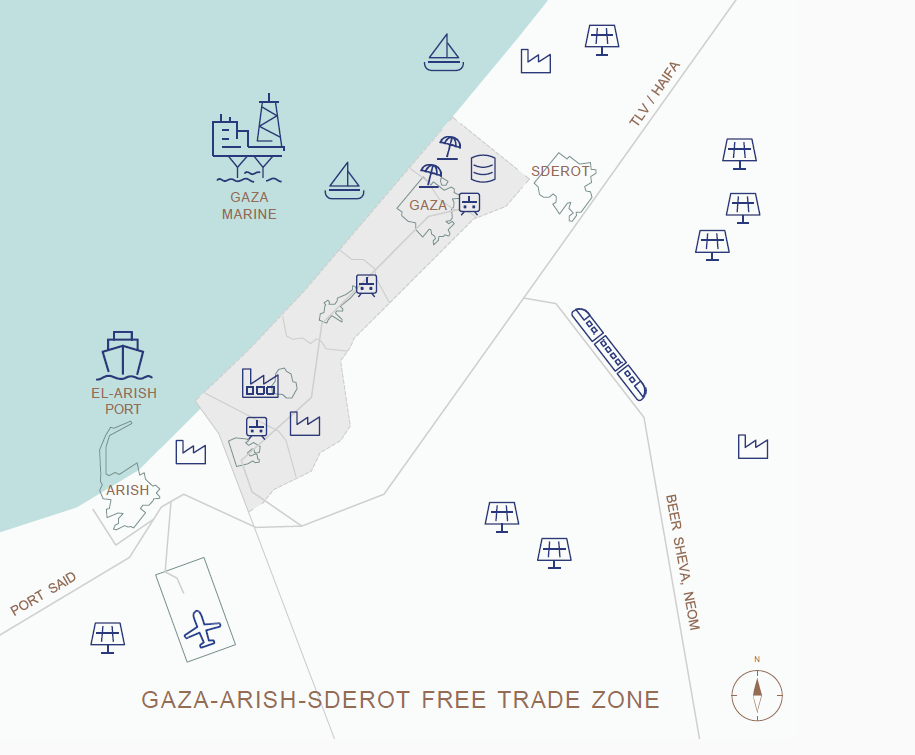
At the same time, the United States rejected the “Arab Vision” put forward by the Palestinian Authority and five Arab governments. A plan by Saudi Arabia, Egypt, Jordan, the Emirates and Qatar for the day after the war in Gaza. US Secretary of State Antony Blinken told his Arab colleagues that their scheme was simply unrealistic.
The Americans noted that the Arab plan failed to make reference to the question of the future of the terrorist organization Hamas, nor does it address the rampant corruption in the Palestinian Authority and the widespread antisemitism in its education system. There are a number of other questions over ambiguities in the Arab fantasy.
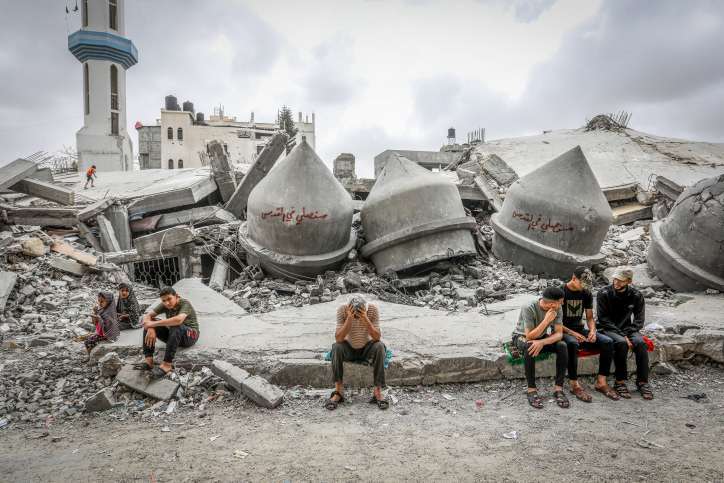
According to Israeli sources, Palestinian leader Mahmoud Abbas formulated a written response to Blinken’s comments in recent days, but Saudi Arabia, the Emirates and Egypt persuaded him to avoid a diplomatic skirmish with the American government. The American response was not made public until Friday, but it has angered Palestinians so much that Abbas refused to meet Blinken when he visited Israel last week.
The Arab program runs three full pages and contains no less than 14 points for the treatment of the Gaza Strip and progress towards the establishment of a Palestinian state.
- Immediate recognition of a Palestinian state and its admission to the UN.
- Full protection for UNRWA as the main distributor of humanitarian aid to the Gaza Strip.
- Complete withdrawal of Israeli forces from the Gaza Strip within 21 days of a ceasefire declaration.
- The complete transfer of governmental authority in the Gaza Strip to the Palestinian Authority and the entry of its Palestinian security forces into all parts of the Gaza Strip with international assistance.
- Substantial international assistance to build up the Palestinian Authority’s security mechanisms and deploy UN peacekeepers in the Gaza Strip, but also in Judea and Samaria, including in East Jerusalem, on the basis of a UN Security Council decision.
- Implementation of previous agreements between Israel and the Palestinians under the umbrella of the Oslo Accords, including the Aqaba and Sharm El-Sheikh agreements.
- Convene an international conference that implements the overall vision.
- Start negotiations between Israel and the Palestinian Authority to release all prisoners (ie. jailed terrorists) from Israeli prisons and conclude the legal dispute within 180 days.
- The transfer of authority to manage the border crossings with Egypt and Jordan to the Palestinian Authority under international supervision.
- Convene an international conference to raise significant financial support for the Palestinian Authority.
- Creation of a regional security plan involving the United States and Arab countries to ensure the security of Israel and the Palestinian state.
Sources who forwarded these documents to Israeli Middle East expert Ehud Yaari say that the Arab governments involved in drafting the “Arab Vision” have not yet commented on the American decision to reject it.
Two visions that foretell a better future, an Israeli vision and an Arab vision. Both visions fundamentally depend on the other, so implementation is only possible if a courageous leadership takes the reins on the Palestinian side and eliminates hatred in textbooks, in politics, on the streets, in social networks and in the hearts of average Palestinians, or at least makes an effort to do so. Without acceptance on the Palestinian side that Israel is legitimate and isn’t going anywhere, neither vision can come true.








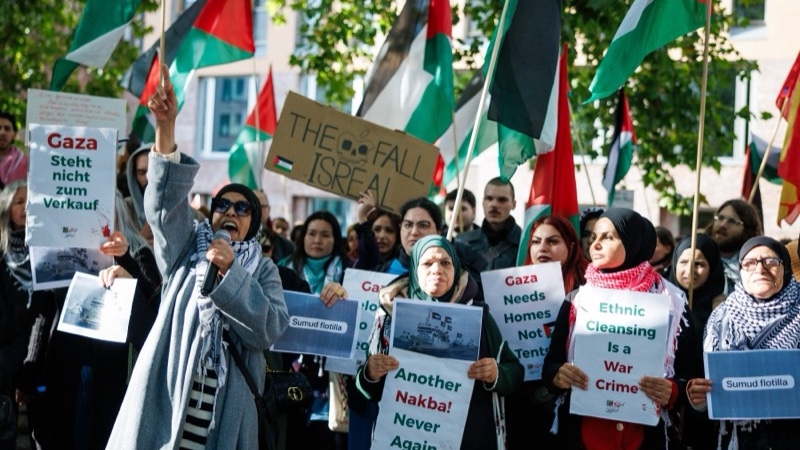

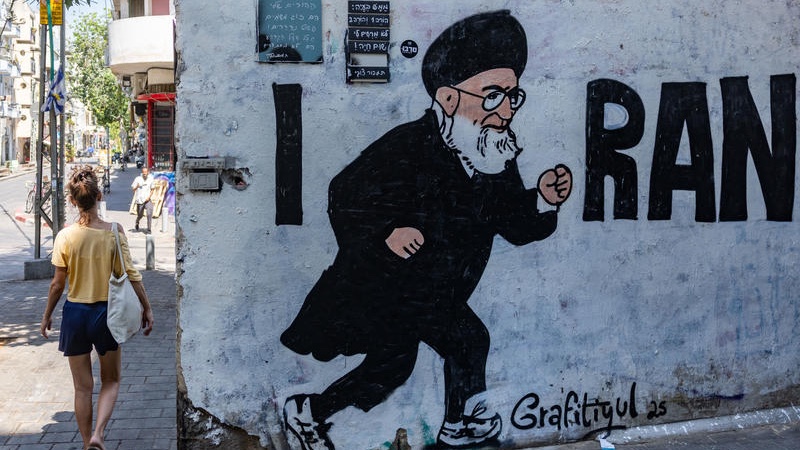


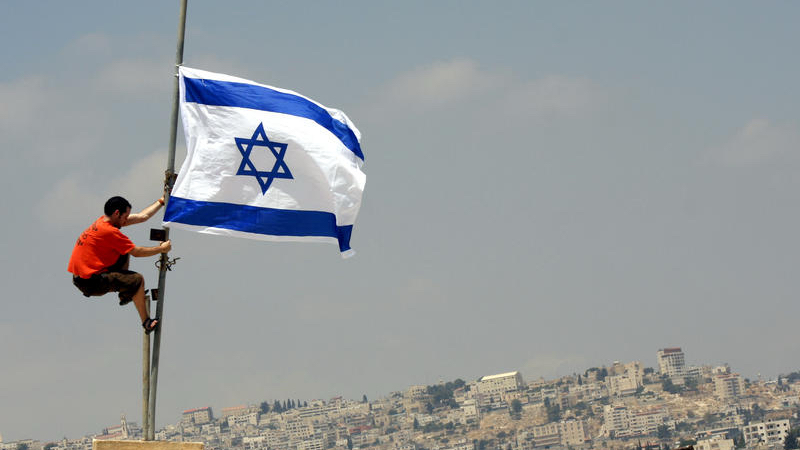

Oy vey! We all know what the Creator of the universe thinks of utopia! He will bury like the Tower and Sodom. I’M LMSA OFF. Oy oy oy.
And so many will die, so many, so many.
Has no one read the Scripture?
Deuteronomy 7:2
and when the LORD your God has delivered them over to you to defeat them, then you must devote them to complete destruction. Make no treaty with them and show them no mercy.”
Exodus 34:12-16
Take heed to thyself, lest thou make a covenant with the inhabitants of the land whither thou goest, lest it be for a snare in the midst of thee: ”
Ha Shem gave specific territory to ISRAEL. It is not to be shared or given to the enemy.
Ezekiel 47:21-23:
21 “So you shall divide this land among you according to the tribes of Israel. 22 You shall allot it as an inheritance for yourselves and for the sojourners who reside among you and have had children among you. They shall be to you as native-born children of Israel. With you they shall be allotted an inheritance among the tribes of Israel. 23 In whatever tribe the sojourner resides, there you shall assign him his inheritance, declares the Lord God.